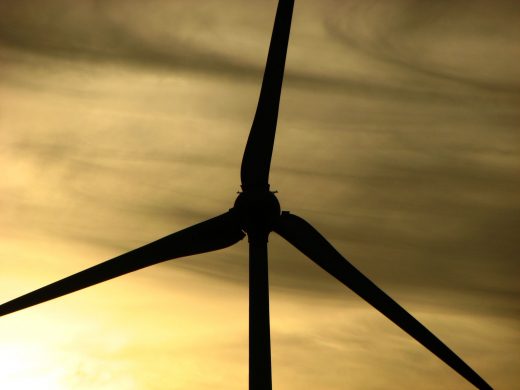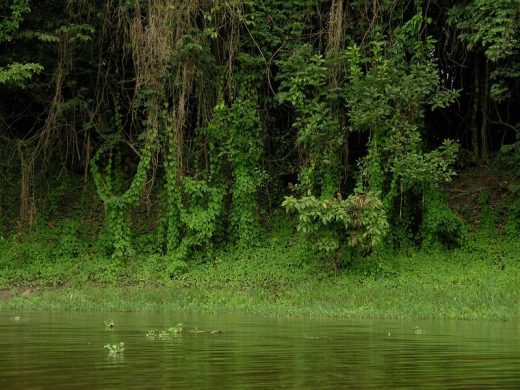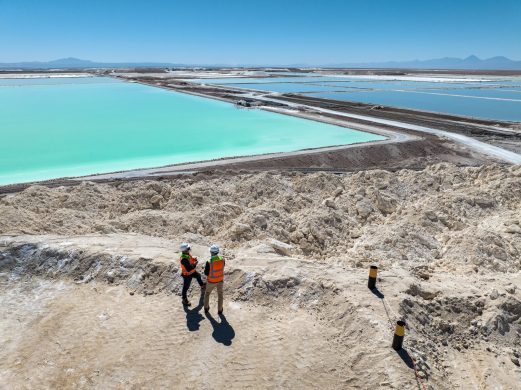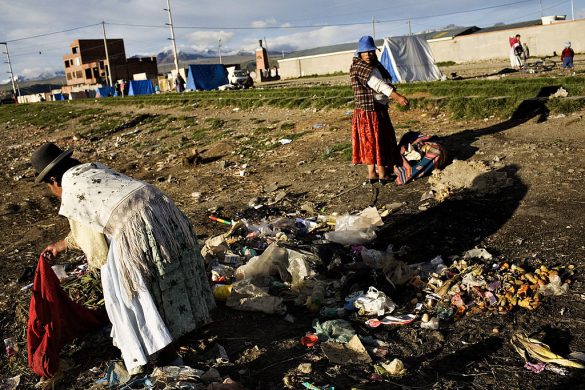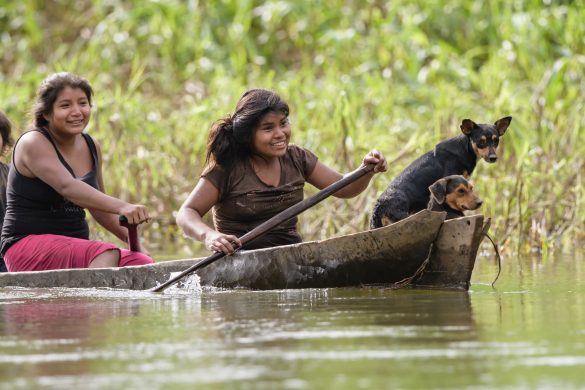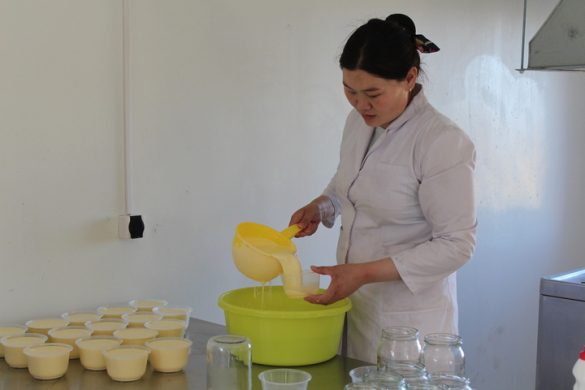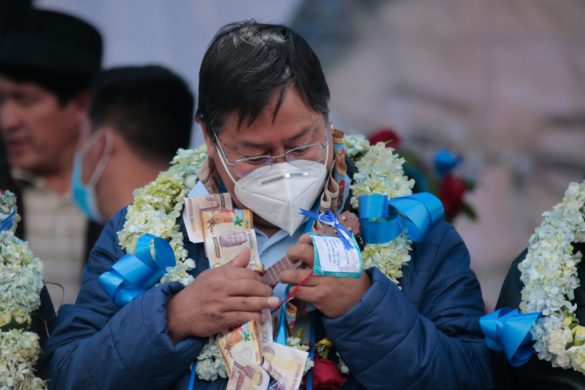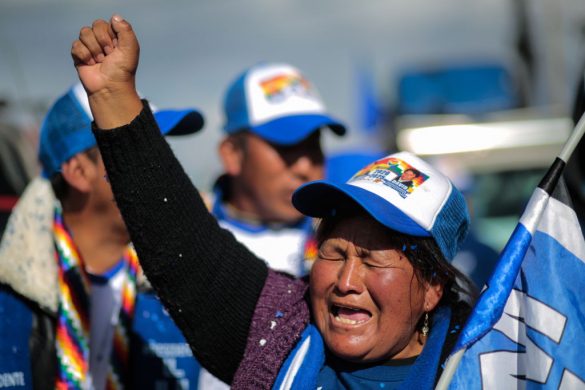Det fremgår af et (engelsk-sproget) papir, som forelægges Danidas såkaldte programkomite den 4. maj.
Her skal komiteen tage stilling til disse strategiske spørgsmål:
- Should the possibility of an optional fourth wind farm be included in the Danida
- Business Finance credit as requested by Bolivia?
- Are all preconditions for a Danida Business Finance credit fulfilled?
- What should be the key issues for the coming appraisal?
Neden for ses uddrag fra projektpapiret
Lukker ned i 2018 efter 25 års bistand
Danmarks bistand til Bolivia har ført en omskiftelig skæbne siden begyndelsen i 1993.
Landet var en socialdemokratisk opfindelse som samarbejdsland, idet det store parti mente Danmark burde være inde med bistand i det mindste ét sted på kontinentet.
I første omgang var det NGO-støtte (Folkekirkens Nødhjælp gik ind med et Danida-betalt mejeriprojekt) og rentefrie statslån til erhvervsrettede investeringer.
Senere byggede især solidaritets- og bistandsorganisationen IBIS et større (Danida-betalt) program op med vellykket støtte til fattige oprindelige folkeslag i Andeslandet. Kun for at blive smidt ud af den uberegnelige regering i La Paz i 2014.
Dav. udviklingsminister Søren Pind (V) ville lukke hele landeprogrammet, men så kom regeringsskiftet i september 2011 og radikale udviklingsministre ville fortsætte i Bolivia – se
http://u-landsnyt.dk/nyhed/28-01-14/rasmus-helveg-styrker-opstillingen-i-sydamerika-og
Men efter seneste valg i juni i fjor er det slut. Venstre-regeringen lukker den danske bistand til landet fra 2018.
Man satser på erhvervssamarbejde og her er det store vindmølleprojekt en byggesten – selv om ingen af vindmølleparkerne kan køre rundt kommercielt og derfor må have statsstøtte og bistand udefra.
Summary (Dokument om projektet i uddrag)
The Government of Bolivia has requested Danida Business Finance (DBF) to fund three wind farms in Bolivia with a total capacity of 92 MW.
Denmark has had a close collaboration with Bolivia on renewable energy for the past three years, including elaboration of wind maps and a national strategy for renewable energy, the realisation of a smaller solar plant and lastly the cofinancing of a number of feasibility studies, comprising the three wind farms in question.
Se mere om solcelleanlægget på
http://u-landsnyt.dk/nyhed/13-10-14/bolivias-f-rste-statslige-solcelleanl-g-bner-med-d
The requested DBF credit includes financing of delivery and installation of turbines and towers including internal cables and equipment.
The estimated contract amount to be financed by DBF is DKK 878.6 million (USD 133.1 million) for the three wind farms. The option of a fourth wind farm would increase the estimated contract amount to be financed by DBF to DKK 1,121 million.
The estimated DBF subsidy is calculated to be DKK 341.5 for three wind
farms and DKK 433.2 if a fourth wind farm is included.
The total budget for the three wind farms is DKK 1,287 million (USD 195.0 million), including all civil works, cabling, electric grid, substations, environmental surveys, project management, logistics, taxation, etc.; which will be the responsibility of the Bolivian electricity company, ENDE.
This equals to more than 30 per cent of the total costs, i.e. DKK 408.7 million (USD 61.9 million).
The wind farms face a Bolivian market price of about 20 USD/ MWh. With this price, each of the farms cannot generate sufficient cash flow without a subsidy to cover the capital investments and operating costs, assuming normal wind farm durability of 30 years.
Therefore, each of the three wind farms’ net present value (NPV), calculated in fixed prices and using a discount rate of 6 pct., is negative.
The financial rate of return is also considerably lower than in commercial viable projects, which indicates that this conclusion is robust and not just a question of marginal raises in the market price.
The conclusion is that the three wind farms in Santa Cruz are not financially viable without external concessional finance.
The project will result in the production of renewable energy corresponding to the consumption of 210,000 households (2014 data). 140,000 tonnes of CO2 emission will be avoided annually compared to electricity generated with natural gas as fuel source.
The project will include transfer of Danish wind power technology as well as know-how in relation to wind farm establishment. Possible Danish suppliers fomentlig Vestas og Siemens, red.) have shown interest in the project.
The turbines with towers for the three wind farms will be tendered in one package. The commitment from the Bolivian government to the project and the renewable energy generation is very strong.
Context
Power generation in Bolivia is based on two main sources, thermoelectric and hydroelectric (vandkraft).
Thermoelectric generation contributes to about 70 pct. of the energy mix in the grid, whereas hydroelectric generation accounts for about 28 pct. of the energy mix in the grid. Renewable energy in Bolivia has so far only included a smaller solar plant, minor biomass installations and a pilot wind power project.
The main actor in the sector is National Electricity Company ENDE (Empresa Nacional de Electricidad). ENDE controls more than 73 pct. of the electricity generation feeding into the national grid, 82 pct. of the transmission system (the national grid) and 60 pct. of the distribution network.
In its national development plan, the Bolivian Government has prioritized 13 goals that are expected to be reached by 2025. Among the goals are the universal access to electricity, as well as scientific and technology know-how in strategic areas such as renewable energies.
In time it is also a goal to become an exporter of electricity, fully leveraging its hydroelectric potential and successfully developing renewable energy projects with larger capacity.
The recently approved Bolivian Five Year Development Plan aims to incorporate 401 MW of renewable energy capacity into the national grid. The projects considered are geothermal, wind, solar and biomass.
A 5 MW Solar Plant in Cobija, which is part of this plan, has already been installed with Danish co-funding under the Bolivia Country Programme 2014-2018.
In 2013 the wind resource was measured at nine different sites in Bolivia. Seven of these were located in the Department of Santa Cruz. Based on the assessments, ENDE and Denmark agreed to co-finance the feasibility studies for the construction of three most promising wind farms.
According to the National Census 2012, the percentages of households without access to electricity in two of the localities where the wind farms will be installed are quite high: In San Julian it is 34 pct. and in El Dorado it is 22 pct., whereas in Warnes only 6 pct. are without access.
ENDE, through its subsidiary CORANI (Empresa Electrica Corani SA), will support an increase in the number of households connected to the grid through the realisation of the wind farms.
Objectives, relevance and justification for Danida Business Finance support
The Development objective of the project is:
- The Bolivian population has universal and equitable access to electricity
The immediate objective is:
- Increased renewable energy in the Bolivian Energy mix
The outcome of the project is:
- Three wind farms connected to the national grid
- Annual injection of 280,000 MWh of renewable energy to the national grid, corresponding to the consumption of 210,000 households (2014 data)
- 140,000 tonnes of CO2 emission avoided annually compared to electricity generated with natural gas as fuel source.
The outputs are:
- Financing of three wind farms through DBF approved by Danida’s Grant Committee.
- Wind farms with 92 MW capacity financed through DBF constructed
Hvad er Danida Business Finance?
Danida Business Finance provides interest-free loans with 10 years’ maturity to developing countries with a GNI per capita of maximum USD 3,300 (2015-16) and where at the same time Denmark has a representation.
The concessionality level (gaveelementet) is 35 pct. for low and middle income countries (like Bolivia) according to the OECD Consensus Agreement.
The subsidy covers the interests of the loan, the export credit guarantee premium and a cash grant to reduce the principal of the loan. The loan is granted in EUR or USD by a Danish bank and preferably with the Ministry of Finance in the recipient country as borrower.
Loan repayment is made in equal, semi-annual instalments, starting six months after the commissioning of the project.
Danida Business Finance targets key infrastructure sectors where investments improve the climate for economic sustainable growth and employment. The grant receiving authority shall report to Danida outcome indicators identified during appraisal of the project, on an annual basis for five consecutive years starting one year after the issue of the taking-over certificate.

